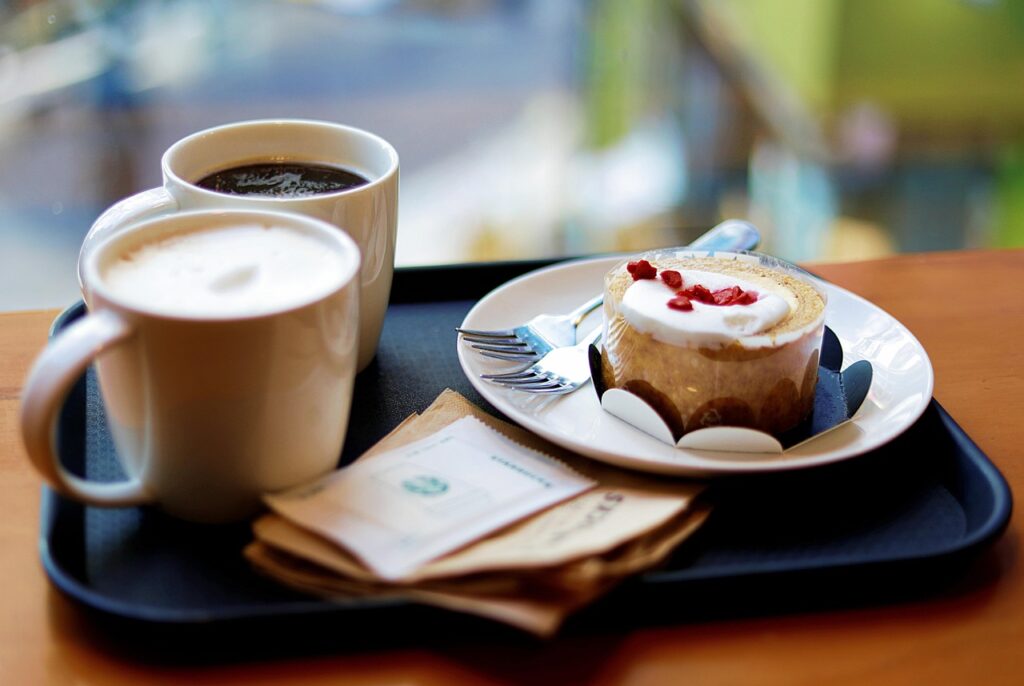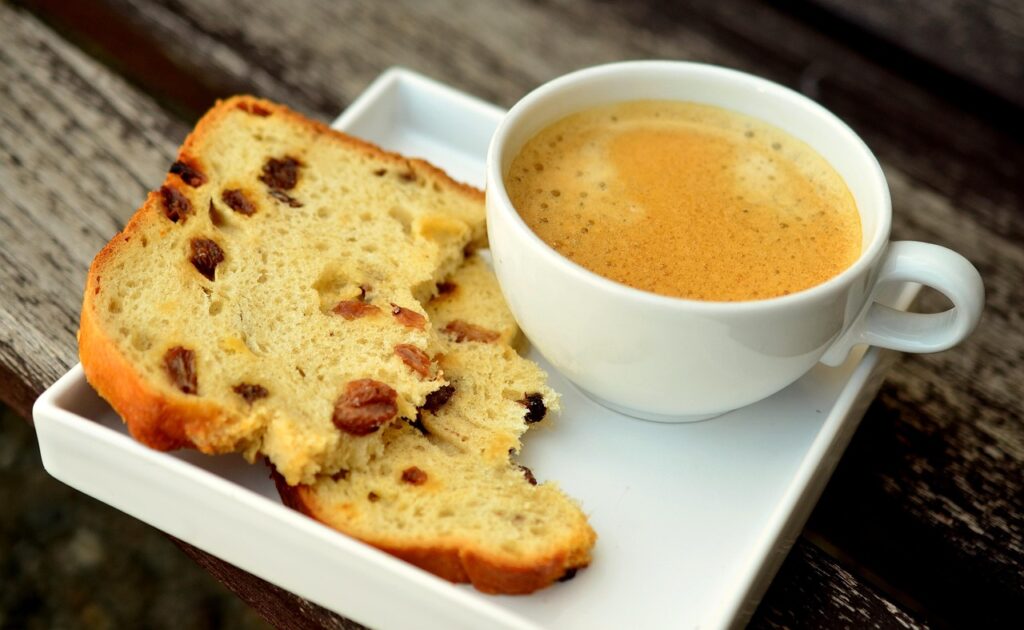What You Should Know About Breakfast Traditions in Italy

Breakfast in Italy isn’t a grand affair; it’s a brief, elegant pause before the day begins. Where some countries build entire menus around breakfast, Italians keep it simple. It’s less about fueling up and more about savoring a moment of calm before life speeds up.
A traditional Italian morning usually revolves around coffee, a pastry, and conversation, quick, familiar, and satisfying. Whether standing at a bar or sitting by a quiet window, breakfast feels almost ceremonial. It’s a routine that hasn’t changed much in decades.
Let’s look at what actually defines the Italian morning table, from what’s served to where it’s enjoyed, and why it reflects so much of the culture itself.
The Italian Breakfast Experience

Unlike the heavy plates of bacon and eggs found elsewhere, colazione italiana is light and fast. Most Italians eat breakfast either at home or at a local café (bar), standing at the counter rather than sitting for long meals. Coffee is non-negotiable, often paired with something sweet to balance the bitterness.
This simplicity isn’t about cutting corners; it’s cultural. Breakfast is a transition, not a destination. Italians reserve elaborate meals for later in the day, letting mornings stay calm and predictable.
Coffee as a Morning Ritual
Coffee anchors the Italian morning. It might be a quick espresso or a frothy cappuccino, but never a giant to-go cup. The drink is meant to be finished there, in the moment.
Bars across Italy start filling early, their counters lined with locals exchanging greetings while sipping their chosen brew. It’s social but unhurried, the kind of shared habit that builds community without much effort.
Popular Choices:
- Espresso: The purest form, small, strong, and essential.
- Cappuccino: Espresso with steamed milk and foam, often enjoyed before 11 a.m.
The Role of Pastries
If coffee is the melody, pastries are the harmony. Most mornings include a cornetto, Italy’s version of the croissant, filled with jam, cream, or chocolate. The pairing is deliberate: the light sweetness of the pastry complements the sharpness of the coffee.
At home, many Italians reach for simple biscuits or toast with marmalade. Children might have warm milk with cocoa, a comforting alternative to strong coffee. Breakfast at home feels humble, intimate, and quietly traditional.
Breakfast at Home vs. Breakfast at the Bar

How Italians take breakfast depends on time and lifestyle. Those in a rush often stop by a local bar, while others prefer the quiet of home. Yet the essentials remain unchanged: coffee, something sweet, and a few minutes of calm.
At home, the focus is familiarity: the same cup, the same spoon, the same sound of the moka pot bubbling on the stove. In contrast, at the bar, breakfast becomes social- a shared ritual that connects regulars and baristas alike.
The Social Side of the Bar
For many, visiting the bar each morning is less about caffeine and more about connection. Locals greet each other by name, chat briefly, and move on with their day. It’s one of the few daily routines that bridges generations and professions.
There’s no pressure to linger or tip heavily. The atmosphere is casual yet warm-a hallmark of Italian life.
The Home Breakfast Tradition
In quieter households, breakfast is personal. The moka pot is an Italian icon-passed down through families, still used daily. Its rich aroma fills the kitchen, signaling the start of another day.
Bread, butter, and jam remain staples, often joined by yogurt or fruit in modern households. Even with new influences, the goal is the same: begin the day with something comforting and familiar.
Modern Twists on Old Traditions
While tradition still rules, new habits are emerging. Health-conscious Italians are adding cereals, smoothies, and plant-based milks to their morning routines. Cafés in major cities now offer lighter, international-style breakfasts for travelers and younger locals alike.
Still, even with these changes, the Italian breakfast spirit remains the same-unrushed, communal, and centered around good coffee. Trends may come and go, but the essence of colazione stays timeless.
Why It Matters
Italian breakfast may seem small, but it captures the country’s rhythm perfectly: quality over quantity, connection over convenience. It’s not meant to impress-it’s meant to ground. Whether standing at a crowded bar or sipping at home, every Italian morning carries that same quiet balance of simplicity and pleasure.







